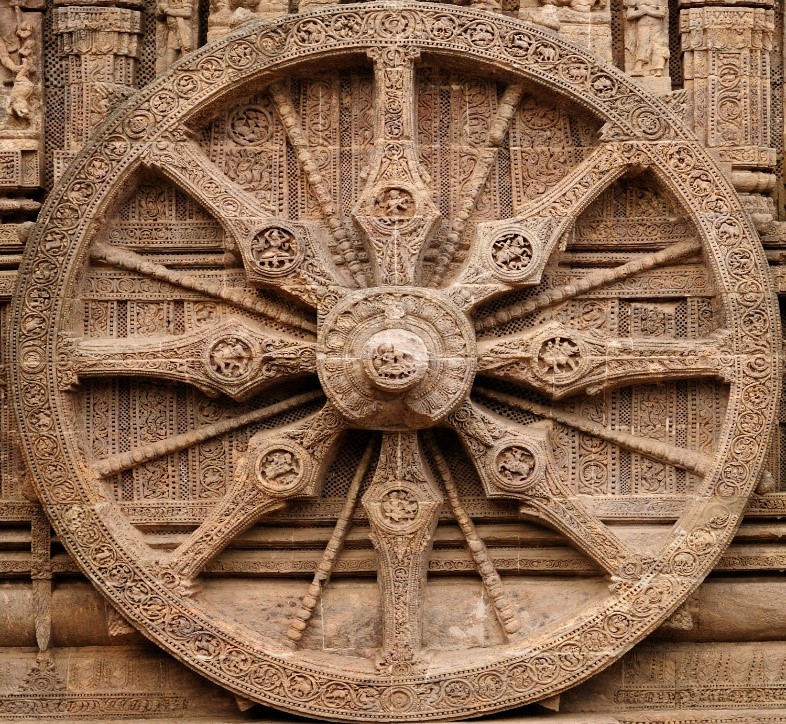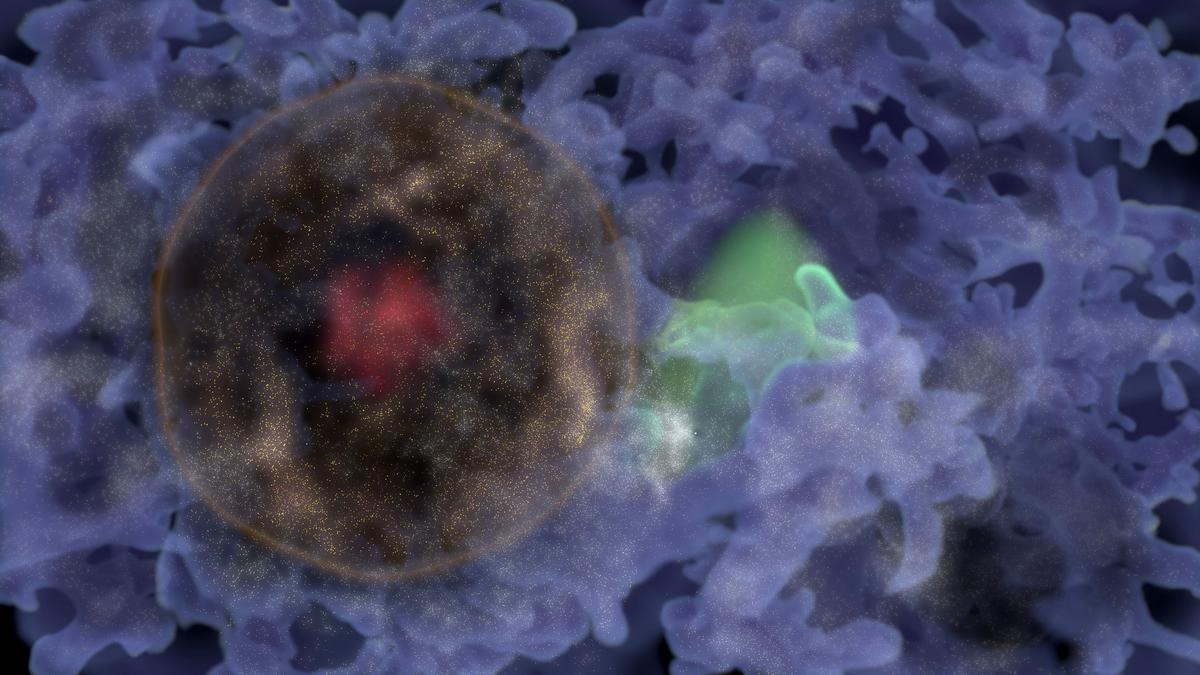Union Minister for Education has recently launched the Malaviya Mission in New Delhi.
References
Britain recently said it would rejoin the European Union's Horizon science research program and its Copernicus earth observation program, but not the Euratom nuclear research initiative.
|
Programs |
Purpose |
|
Copernicus |
|
|
Euratom
|
|
References
A replica of Konark Wheel from the Sun temple in Odisha served as the backdrop of Prime Minister Shri. Narendra Modi's welcome handshake with G20 leaders.

Konark sun temple
References
Astronomers have discovered the first "bubble of galaxies,” recently.
The newly discovered bubble is the first known single baryon acoustic oscillation, according to the researchers.

References
A recent study by the Minor Irrigation Census found that Three-fourths of India’s irrigation sources run on electricity
Out of all MI schemes, 21.93 million (94.8%) were for groundwater (GW) and 1.21 million (5.2%) for surface-water (SW) extraction.
Minor Irrigation Census (MIC)
References